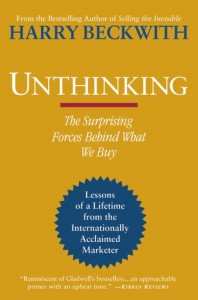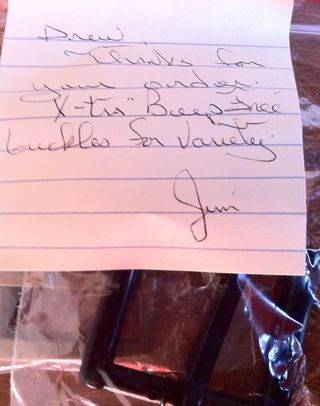Things are not rosy at FTD!
February 16, 2011

Happy Valentine’s Day?
Like many of you probably did, I grabbed a couple of the Groupon deals for FTD to help manage the Valentine’s Day floral budget. (Yes, I gave some local florists my money too)
Let me say this — I feel sorry for any business that has killer days like florists do. I am sure Valentine’s Day is a nightmare for them. However… it’s not like it’s a big surprise. So they should be ready for it, right?
When one of the arrangements I had ordered hadn’t arrived at 7 pm, I called their 800 number. The first message I got was that they were very busy and it would be 15 minutes before I could speak with someone. Then, a couple minutes later, the recorded voice came back on the line and said, due to the volume of calls and it being Valentine’s Day, they would not be able to answer my call and promptly disconnected me.
Wow.
I called back and held for over 30 minutes. Somehow, I dodged the hang-up. I have no idea how long I would have continued to wait — I got word that the flowers had finally arrived and so I hung up.
Not a good day for FTD. But wait…
This morning, the flowers are wilted. I am talking D-E-A-D. Even with the coupon, they were $50 so I call the 800 number. This is really how the conversation went.
FTD guy: How may I help you?
Drew: I ordered flowers that were delivered yesterday and this morning, they are all wilted.
FTD guy: I am very sorry to hear that Sir.
Drew: Thank you. What can we do about it?
FTD guy: May I have the order number?
Drew: FRK372912
FTD guy: May I have your full name?
Drew: Drew McLellan
FTD guy: Thank you, Mr. McLellan. May I have your billing address?
Drew : I give him the address.
FTD guy: Thank you Mr. McLellan. May I have your phone number?
Drew: I give him the phone number.
FTD guy: Thank you Mr. McLellan. May I have the recipient’s name?
Drew: I give him the name.
FTD guy: Thank you Mr. McLellan. May I have the recipient’s address?
Drew: I don’t have it handy.
FTD guy: I’m sorry Mr. McLellan but I am trying to verify the order.
Drew: Wait a second — I have told you the order number, my name, address, phone number and the recipient’s name. Isn’t that enough information to verify the order?
FTD guy: I really do need to verify the order, Mr. McLellan. (by now…we’ve had enough Mr. McLellans)
Drew: Seriously — you think there might be two orders with the identical order number, buyer and recipient? You are looking at the order on your computer, aren’t you?
FTD guy: Yes Mr. McLellan, I am.
Drew: Have I gotten any of the questions wrong yet?
FTD guy: No, Mr. McLellan. Should I wait while you get the recipient’s address?
Insanity. Pure insanity. This is a man who is following a script, no matter how ridiculous it is. He doesn’t care about my order, my frustration or my repeat business. (I kept wondering how call center expert Tom Vander Well would react to this.)
I told him I didn’t have the address with me and couldn’t get it. Yes, I was being churlish. But come on. So you know what he made me do to finally verify the order? I will send flowers to the first correct guesser. (But not from FTD)
My point — when something goes wrong, you have a huge opportunity to win a customer for life. (read how Disney says I’m sorry) But you don’t get a second chance. You cannot add insult to the injury. FTD lost more than my $50. They lost the chance to begin to create a love affair with me. That cost them a lot more than $50.
Related articles
- Groupon, FTD give refunds on flower deal after complaints (boston.com)
- Groupon users revolt against FTD (money.cnn.com)
- ARA: Did your FTD arrangement not arrive yesterday? (timesunion.com)



















